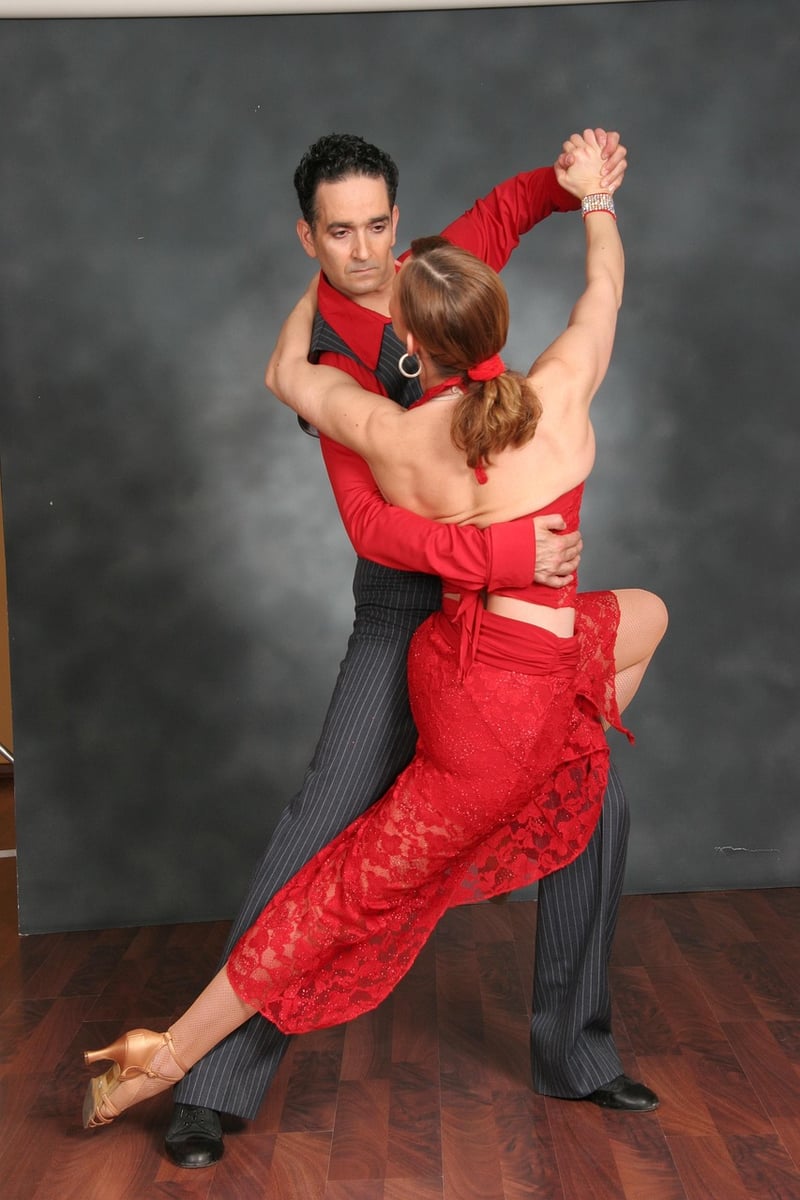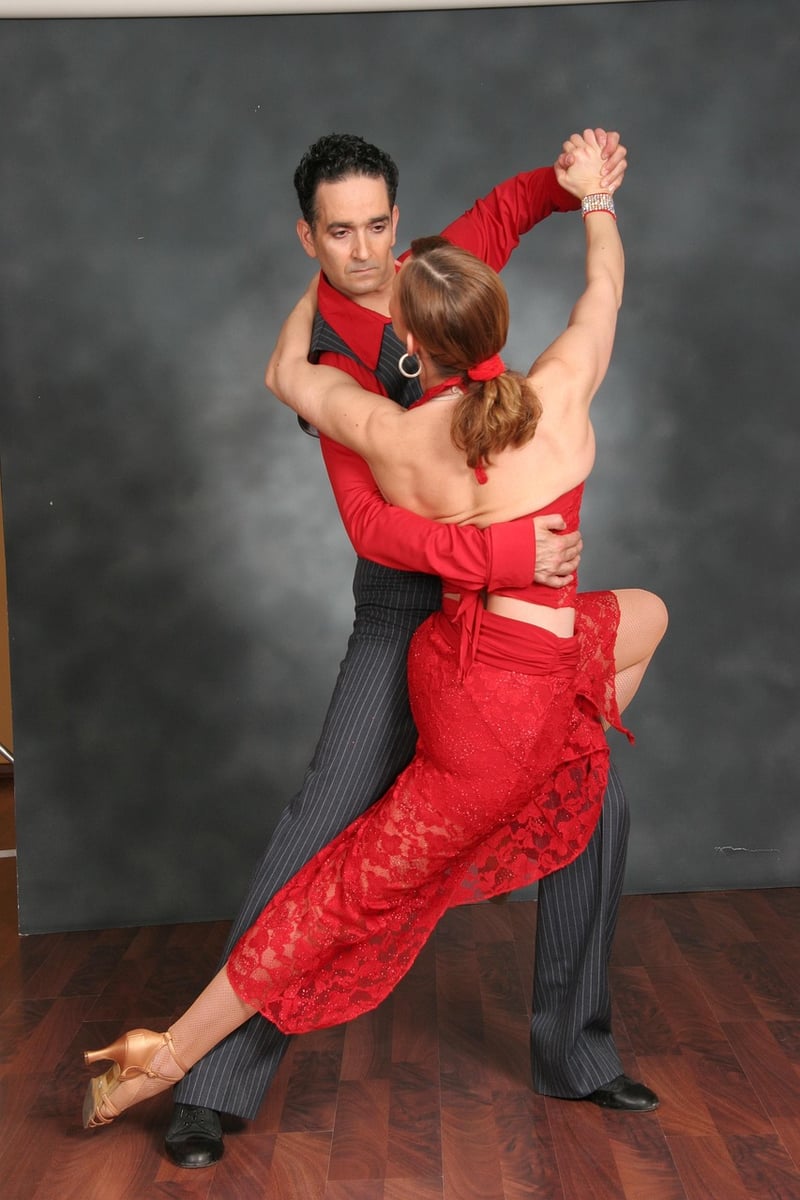Salsa
The Art of Expressive Movement: Salsa Dance
Salsa dance is not just a form of movement; it's an expression of passion, rhythm, and culture. The fusion of African and European dance styles in the Caribbean region gave birth to this vibrant and dynamic dance form. Salsa embodies the essence of joy, love, and connection through its rhythmic movements and energetic beats.
The History of Salsa
Salsa originated in the 1960s in New York City, with influences from Cuban Son, Puerto Rican bomba, and plena, as well as other Latin American dance styles. It quickly gained popularity in the United States and around the world, becoming a symbol of Latin culture and identity.
Key Elements of Salsa
- Rhythmic Footwork: Salsa is known for its intricate footwork patterns that syncopate with the music.
- Partner Connection: The dance is characterized by the strong connection and communication between partners.
- Body Movement: Salsa involves fluid body movements, hip action, and isolations to enhance the dance's expressiveness.
- Improvisation: Salsa allows for improvisational elements, encouraging dancers to add their own flair and style.
Benefits of Salsa Dance
Salsa dance is not only a fun and social activity but also offers a range of health benefits, including improved cardiovascular fitness, coordination, and mental wellbeing. Dancing salsa can boost your mood, reduce stress, and increase your overall energy levels.
Get Started with Salsa
Whether you're a beginner or an experienced dancer, salsa offers something for everyone. Join a local dance class, attend social dance events, or practice at home with online tutorials. Embrace the music, connect with your partner, and let the rhythm guide your movements.

Experience the joy and excitement of salsa dance as you immerse yourself in this expressive movement form. Let the music ignite your passion and the dance floor be your canvas for self-expression!
